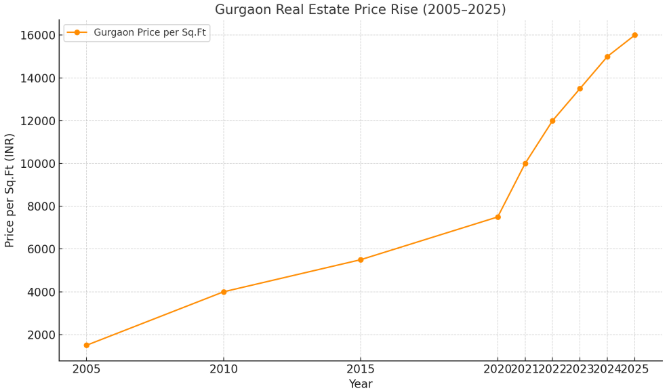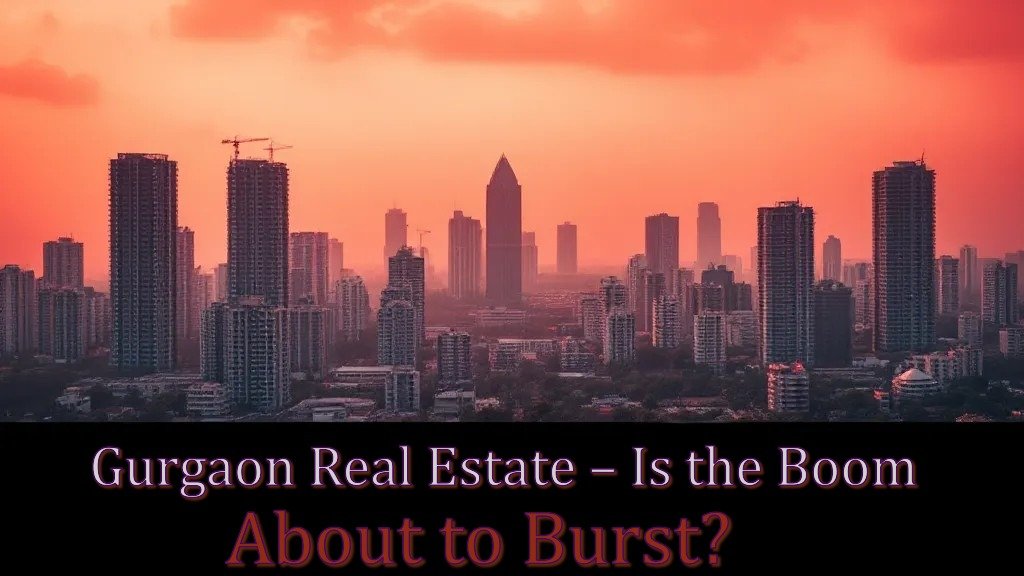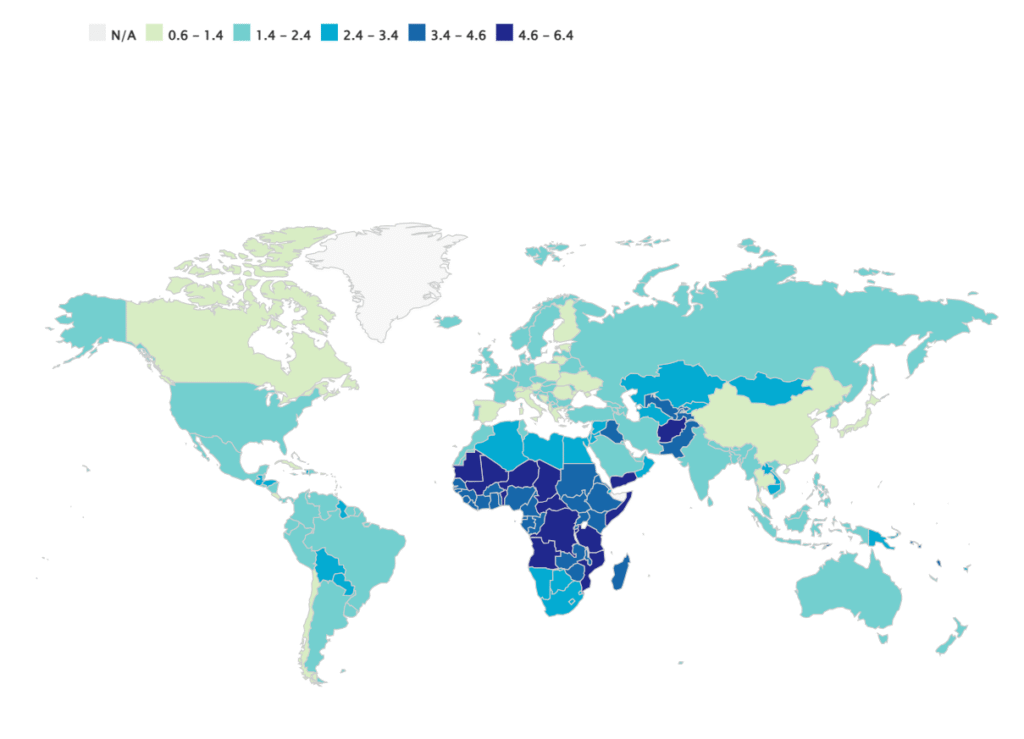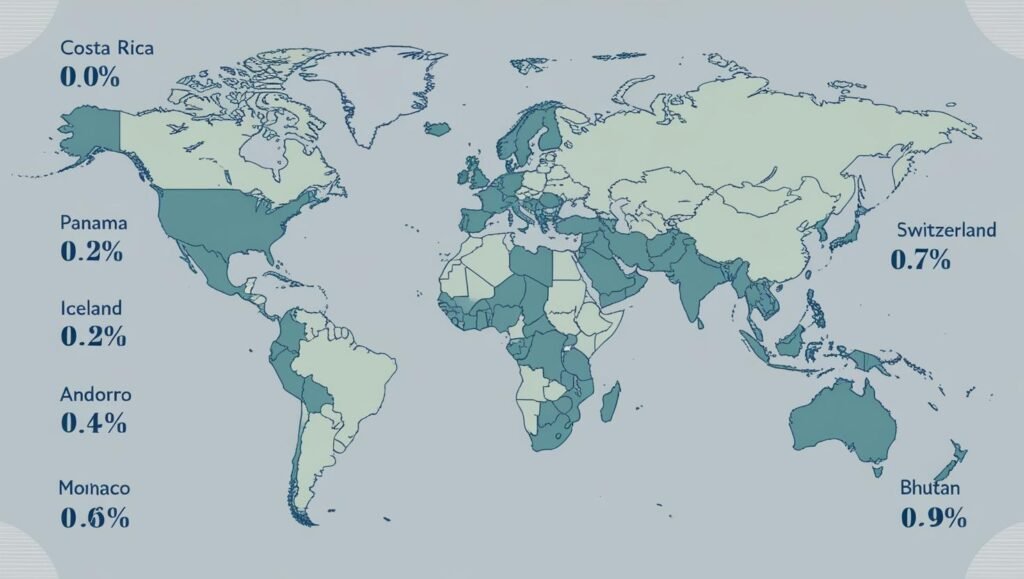Over the last few years, Gurgaon real estate has transformed from a promising investment hub into a high-stakes gamble — driven not by real demand, but by rampant speculation. While glossy brochures and “sold out in a day” headlines suggest a booming sector, a deeper look reveals a fragile structure that may be on the verge of collapse.
📈 The Meteoric Rise of Gurgaon Real Estate
Since 2021, property prices in Gurgaon have tripled in some sectors. New launches are priced at a premium, and resale listings flood the market. What’s driving this frenzy? It isn’t just organic growth or infrastructural improvements. It’s trader-led speculation — a dangerous force that can inflate prices far beyond their actual worth.
Interestingly, rental yields in Gurgaon remain similar to those in Bangalore. Yet, property prices in Gurgaon are 30% higher. This mismatch between rents and prices is often a red flag in real estate, indicating that the rise is not rooted in end-user demand.

🧨 The Trader-Builder Nexus: An Unstable Foundation
Unlike Mumbai and Bangalore — where the majority of real estate buyers are either genuine homebuyers or long-term investors — Gurgaon real estate is heavily dominated by traders. These are not homeowners or patient investors. They’re flippers who book properties at launch with the sole intention of selling them quickly for profit.
Builders in Gurgaon encourage this behavior by offering:
- Low booking amounts that are easy for traders to afford.
- Deferred payment plans, where the next installment is due 1–2 years later.
- “First transfer free” clauses, allowing traders to sell units without penalty.
This enables traders to leverage their funds far beyond their actual capacity. A trader with ₹5 crores doesn’t buy one ₹5 crore property — he books five ₹5 crore units with ₹1 crore each, aiming to flip them before further payments are due. It’s real estate F&O (futures and options) — speculative, risky, and largely unregulated.
📉 What Happens When the Gurgaon Real Estate Momentum Stops?
This system works only if property prices keep going up.. But what if they don’t?
That’s exactly what’s happening now. However, prices in Gurgaon real estate are no longer rising at the pace seen over the past few years. As a result:
- Traders can’t find new buyers to flip to.
- They’re struggling to make the next installment payments to builders.
- Some are already being forced to sell at a loss or default entirely.
This puts enormous strain on builders, who relied on the trader money to fund project development. If the cash flow dries up, projects stall, sentiment sours, and the market corrects — or crashes.
🕰️ Has a Boom Like Gurgaon Real Estate Happened Before?
In fact, Gurgaon isn’t the only city facing speculative real estate inflation. Several cities across India and globally have experienced similar phases. As a result, many of these markets eventually faced sharp corrections or complete crashes.
All these markets had one thing in common: speculative demand disconnected from real utility. And each one suffered painful corrections when reality caught up. Here’s a comparison of some major real estate bubbles to help you understand the pattern and predict what might lie ahead for Gurgaon real estate:
| Location | Boom Period | Price Surge | Key Driver | Crash/Correction | Outcome |
|---|---|---|---|---|---|
| Gurgaon, India | 2021–2024 | ~3x in 3 years | Trader-led speculation, FOMO marketing | Brewing (2024–?) | Prices may correct or stagnate; some traders already trapped. |
| Las Vegas, USA | 2001–2006 | 2x–3x | Subprime loans, house flipping | 2008 crash (30–50% drop) | Foreclosures, bank bailouts, decade-long recovery. |
| Greater Noida, India | 2010–2013 | ~2x in 3 years | Speculative buying, fake demand | 2014–2020 (stagnant/fall) | Delays, defaults, legal cases; some recovery post-2020. |
| China (Ordos etc.) | 2005–2015 | Massive construction | Govt. incentives, overbuilding | Stagnation (2016–) | Ghost cities, unsold inventory, Evergrande crisis. |
| Spain (Coastal) | 2000–2007 | 2x–3x | Tourism & vacation homes | 2008 crash (~30% drop) | Bankruptcies, job losses, recovery by mid-2010s. |
| Mumbai, India | 2003–2015 | 3x–4x | Real demand + investment | 2016–2020 stagnation | Prices flat, but no major crash due to limited supply. |
🔮 What’s Next for Gurgaon Real Estate?
The future of Gurgaon real estate depends on how long the market can defy fundamentals. Three potential scenarios could play out:
🟢 Best-Case (Soft Landing)
- Prices stabilize without crashing.
- Traders exit gradually, taking minimal losses.
- Projects get completed with moderate delays.
🟡 Moderate Scenario (Correction)
- Prices drop 15–30% in certain sectors.
- Builders adjust strategy; focus shifts to end-users.
- Sentiment dampens, but long-term damage is limited.
🔴 Worst-Case (Crash)
- Heavy trader defaults.
- Multiple project stalls or cancellations.
- Legal cases, buyer protests, and long-term trust erosion.
🛑 Final Thoughts: Proceed with Caution
If you are planning to buy a home in Gurgaon, ask yourself:
- Are you buying for end-use or speculative gain?
- Is the project being marketed for “investment” or “living”?
- Is it a ready-to-move unit, or a risky under-construction bet?
Gurgaon real estate has become a gripping thriller — but every thriller ends, and this one might not have a happy ending. The market is already showing signs of stress. If you’re not careful, you could get caught in the fallout of a bubble built on hype, not homes.
Buy smart. Question everything. And never invest blindly into a property just because it’s “sold out in 2 hours.”
For official regulatory updates and project information, you can refer to the Haryana RERA website. To track historical property price trends across Indian cities, visit the National Housing Bank’s Residex Index. For industry guidelines and the developer’s perspective, explore CREDAI’s official portal.
Looking for more articles? Visit our homepage for the latest news, insights, and updates across sports, culture, and more.




